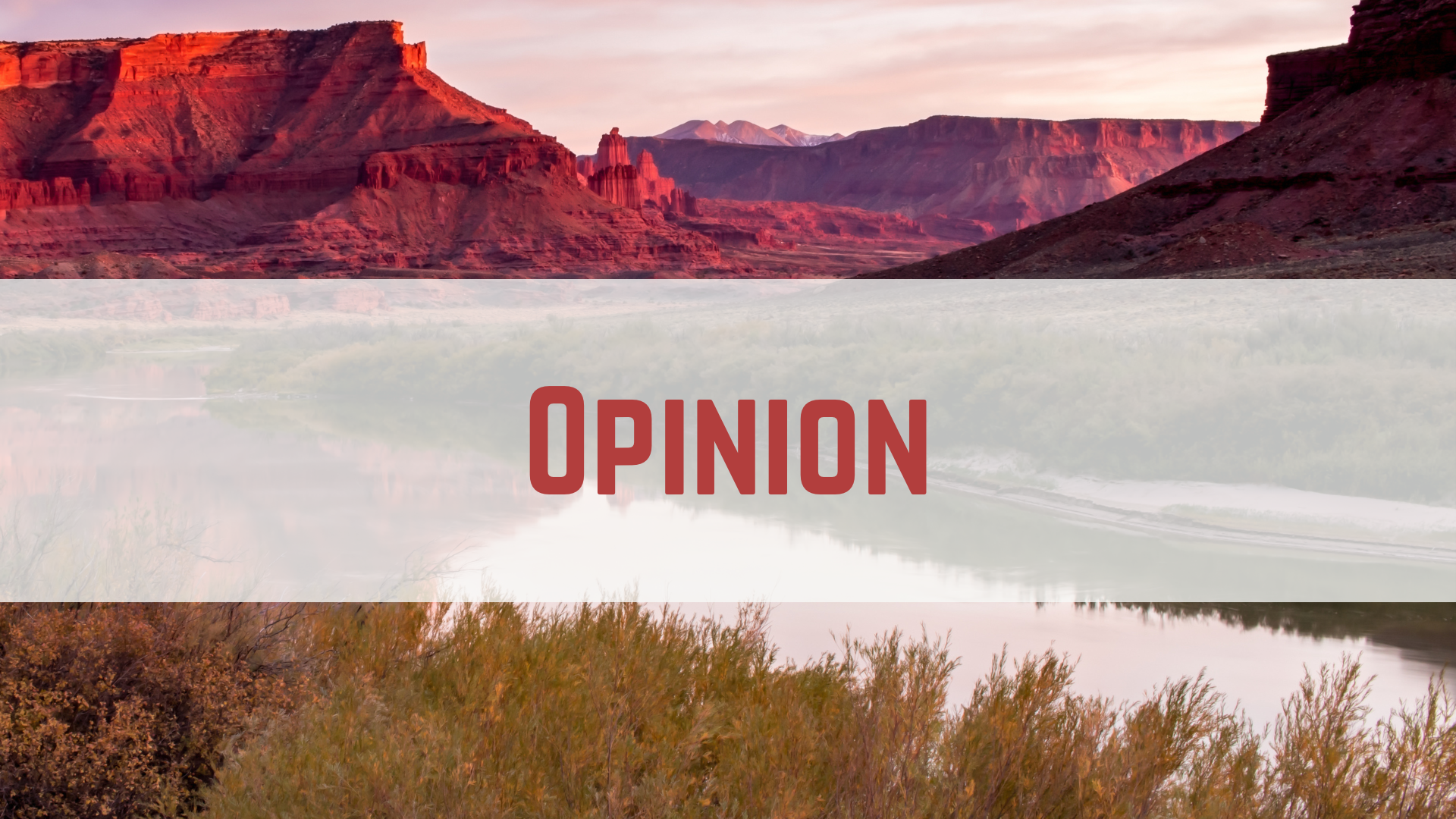Some information may be outdated.
Dear Moab: We need to have a talk about water and flood flows.
I mean a real conversation – no name-calling, blaming or ridiculing. We need to talk with each other about how water moves through our town, what happens when flows get extreme, and how we got here. If we don’t acknowledge how we got here and work together moving forward, flood impacts during extreme events will only get worse.
While it all feels fresh and intense (and muddy) right now, it’s important to remember that floods are not historically rare in Moab. Yes, there have been a lot of high flows in the last three to four years, with quite a few extreme ones. Newspaper articles from as early as the 1890s talk about big floods in Moab. Flood records indicate flows similar to the flow on Friday the 23rd happened in 1953 and 1961. In the 1960s and 1970s, there were a number of flows about half that size, and there are some telling photos of the scour that ripped through town in 1974.
In the 1990s and early 2000s, there were quite a few flows during monsoons that were high and exciting, but not as big as those earlier in the 20th Century. Then monsoons returned with intensity in 2021 and haven’t seemed to let up since.
Now, there are more structures and roads constraining creek flows and adding to urban runoff. But that isn’t why Mill Creek keeps flooding. Not to be glib, but Mill and Pack creeks keep flooding because we keep getting a LOT of rain in very short times.
We know that flash floods aren’t new here. But having a confined channel is new, and that is where the flooding becomes a problem. Moab is built on an alluvial fan, which is where a stream becomes less steep and water tends to move laterally. So when water leaves Powerdam and runs through town, the flow tends to spread out. But now there are houses and businesses in the way of that flow.
How do we move forward as a town resilient to flooding? Digging a deeper, straighter channel, while it sounds easy, is actually not a solution that works. Why? Partially cost, but even if we did pay for it, the sediment from extreme flows would just fill it back in.
There are ways to let these extreme flows through town without flooding our basements, homes and businesses when some streets are channels for a few hours during extreme events. If we can understand where the flood waters will go (we can!), we can prepare our properties to make it through these extreme events with minimal damage (we can do that too!).
It’s important to listen to each other, learn about flows in the past and about the challenges we face now. Most importantly, weathering extreme events like this is so much easier if we work with each other!
Kara Dohrenwend
Moab
Appreciate the coverage? Help keep local news alive.
Chip in to support the Moab Sun News.



